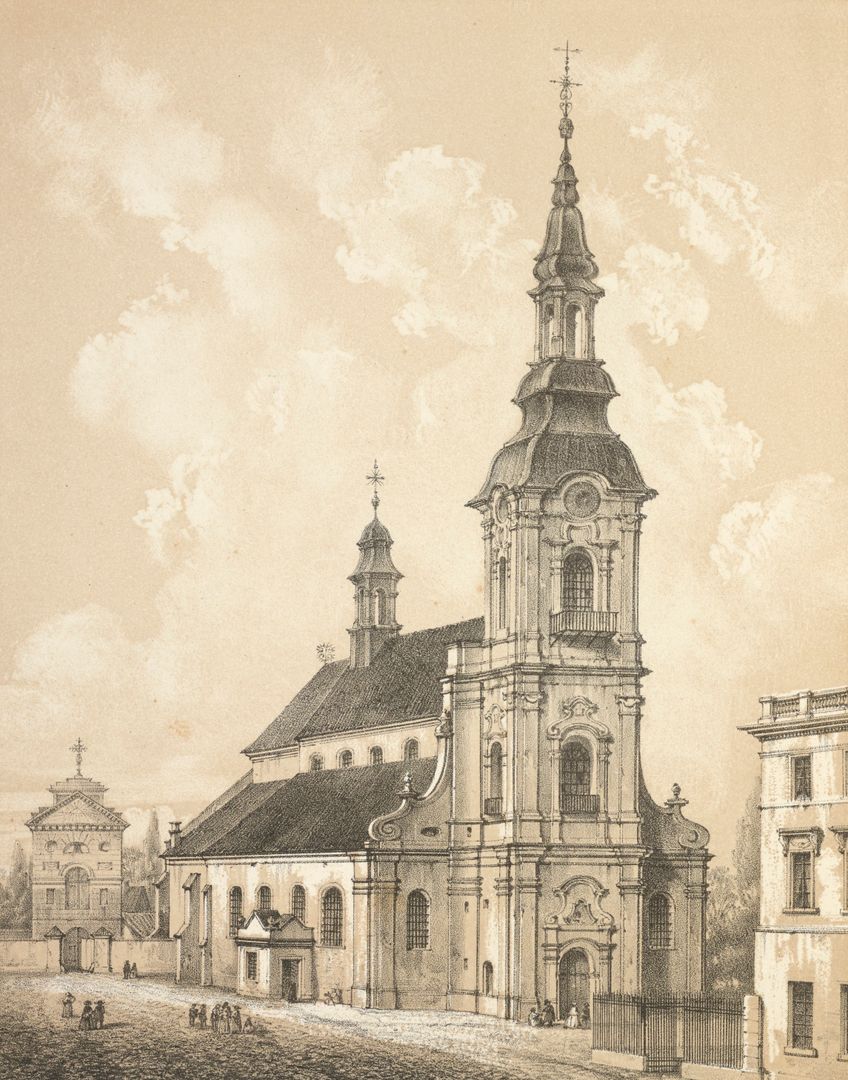The Collegiate Basilica of the Assumption of the Blessed Virgin Mary in Kalisz
6.12

Overview
The Collegiate Basilica of the Assumption of the Blessed Virgin Mary in Kalisz, erected in 1353 through the foundation of Archbishop Jarosław Bogoria and Skotnik, is an important architectural monument combining Gothic and Baroque styles. The Gothic chancel from the 14th century, covered with a stellar vault, was enriched in the second half of the 14th century with a three-nave main body, making the temple one of the key places of Catholic worship in Poland. In 1783, a construction disaster destroyed part of the church, and its reconstruction transformed it into the late Baroque style. In 1965, the temple was entered into the register of monuments, and since 1978 it has held the title of a minor basilica. The Kalisz basilica is the national sanctuary of St. Joseph of Nazareth, with the image of the Holy Family before which Pope John Paul II prayed in 1997, which significantly contributed to the development of the cult of this saint in Poland. Interestingly, every year it attracts over 200,000 pilgrims, particularly craftsmen. The history of the cult of St. Joseph in Kalisz begins in 1670, when the image was founded in connection with the healing of a resident of the village of Szulec. The true development of the cult occurred after World War II as a result of several key events, including the promise of priests released from the Dachau camp and the visit of the pope. The base of pilgrims and prayers is broadcast by Telewizja Trwam and Radio Maryja. In recent years, during the Christmas period, a live nativity scene has been set up near the basilica, enriched with various animals. The collegiate church also houses many relics, including those of well-known saints such as St. Faustina Kowalska, St. John Paul II, and Blessed Father Jerzy Popiełuszko, strengthening its significance as a place of worship and prayer.
Location
2025 Wizytor | All Rights Reserved